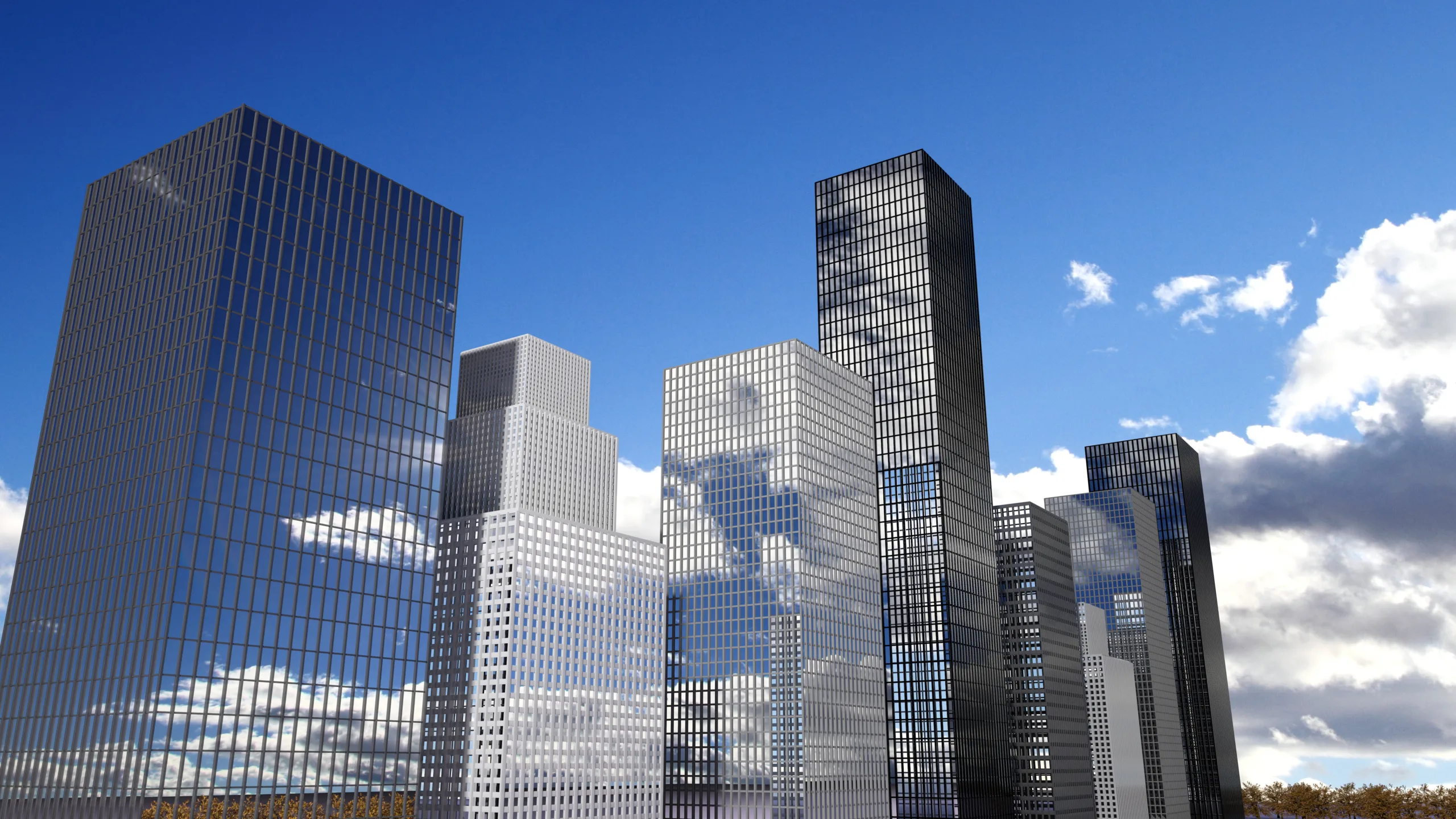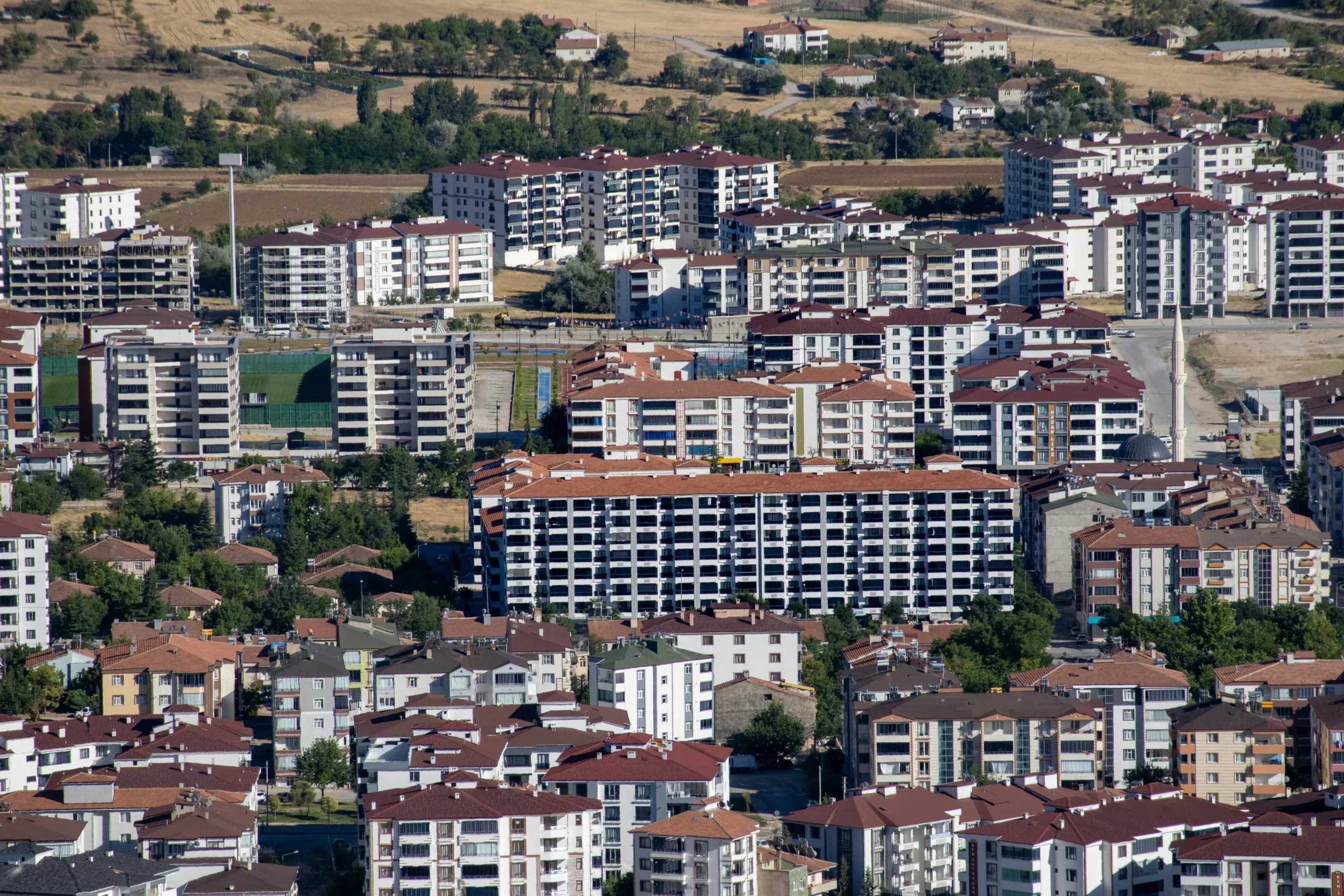- CRE leaders remain split on Trump’s second term, with some praising fast deregulation and tax breaks, while others warn of volatility and labor shortages.
- Bonus depreciation and Opportunity Zones have returned, giving developers strong tax incentives to build and invest.
- Unilateral tariffs and strict immigration rules have increased costs and discouraged foreign capital.
- Trump’s pressure on the Fed has lowered rates, but raised concerns over politicizing monetary policy.
A Familiar Face with a New Playbook
Nearly a year into his second term, President Trump has reasserted himself as a bold force in US politics — and commercial real estate is feeling the impact, says the Commercial Observer. Trump, a former developer, returned with an aggressive push for growth. Some in CRE say it’s exactly what the industry needed.
“He’s one of us,” said John Catsimatidis, a New York developer. “He knows low interest rates fuel growth.”
Others aren’t as optimistic. Hudson Inc. President David Kramer said the second term is “a million times worse,” citing climate policy rollbacks and funding cuts.
Tax Breaks Fuel a CRE Rebound
Trump’s “One Big Beautiful Bill” passed in July and delivered major wins for real estate. Chief among them: the return of 100% bonus depreciation. This tax break lets developers write off property improvements in the year they’re made — a move expected to unlock capital and accelerate projects.
“You can now make improvements and see the tax benefit immediately,” said Compass’s Adelaide Polsinelli. “It can make or break a project.”
The bill also made Opportunity Zones permanent and reshaped HUD funding. States now manage rental subsidies under new block grants. At the same time, a two-year limit on rental assistance was introduced — a controversial change in affordable housing policy.
Get Smarter about what matters in CRE
Stay ahead of trends in commercial real estate with CRE Daily – the free newsletter delivering everything you need to start your day in just 5-minutes
Tariffs and Immigration Drive Up Costs
Despite tax incentives, Trump’s sweeping tariffs sparked concern. His April 2 announcement — dubbed “Liberation Day” — imposed duties across major global trading partners. Markets reacted fast. Treasury yields climbed. Stocks fell.
“It had an immediate effect on deal flow,” said David Schechtman of Meridian Capital. “Buyers and sellers paused to wait out the tariffs.”
At the same time, rising construction costs and labor shortages are hitting developers hard. Strict immigration enforcement has cut into the construction workforce, especially in high-growth metros.
“Labor is the top cost driver right now,” said PEG Companies CEO Garett Bjorkman. “Immigration rules are shrinking the workforce, which drives up wages and delays projects.”
Trump Turns Up the Heat on the Fed
Trump’s clash with the Federal Reserve has drawn widespread attention. He pressured Chair Jerome Powell to cut rates — and got results. However, Trump also tried to remove a Fed governor and openly discussed firing Powell, a legally uncertain move.
“Even people who support rate cuts are worried,” said Schechtman. “It’s not about the policy — it’s the unpredictability.”
Bjorkman added that inconsistent Fed leadership makes it hard to plan long-term investments in real estate. Still, some investors welcomed the bold approach.
“Powell should have been fired,” said Greg Kraut of KPG Funds. “He handled post-COVID rate hikes poorly, and the market paid the price.”
Short-Term Wins, Long-Term Questions
For now, real estate is seeing short-term gains. Trump’s tax policies, low interest rates, and deregulatory stance are boosting activity. But deeper issues — foreign investment hesitancy, labor shortages, and global uncertainty — remain unresolved.
“It’s good for real estate because Trump is a real estate guy,” said GFP’s Jeffrey Gural. “He won’t pass a bill that hurts his own industry.”
Even critics admit Trump’s second term has moved quickly. “He came in with urgency and used his time well,” said Don Peebles of The Peebles Corporation.
Final Word
Trump’s second act has delivered fast policy wins for commercial real estate, but not without consequences. Developers are enjoying tax breaks and low rates, yet still navigating uncertainty around trade, immigration, and long-term stability.
“He acts like a New York developer,” said Jim Dillavou of Paragon Commercial Group. “Big ego, big deals — but not looking to break the system.”
CRE may benefit in the short run, but with three years to go, the full impact of Trump 2.0 remains a work in progress.


















